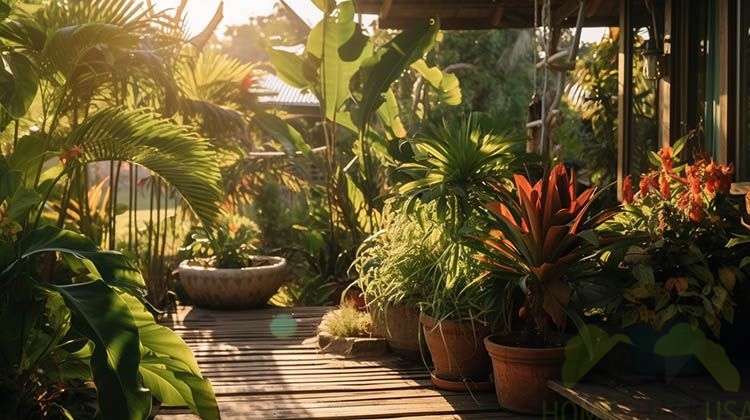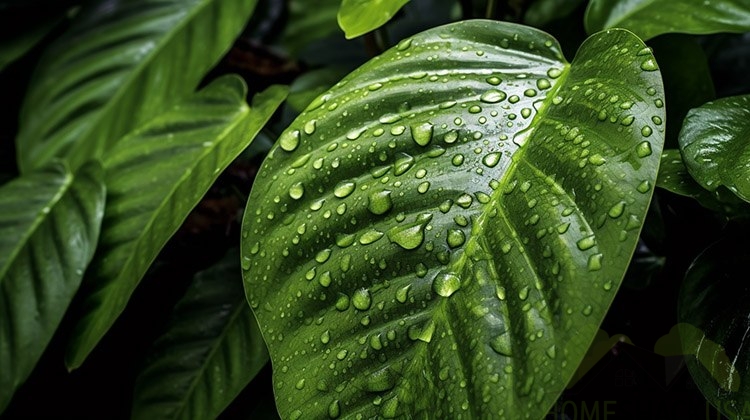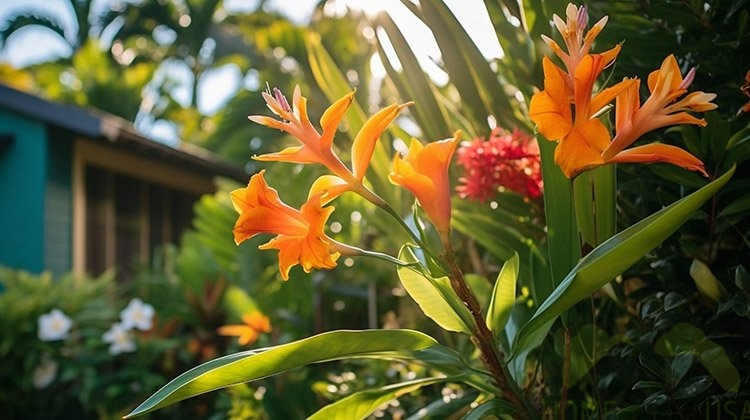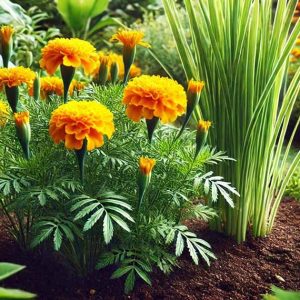There is something awe-inspiring about tropical plants that leaves us hypnotized by their exotic shapes and bright colors.
When you enter a garden with tropical plants it feels like you’re entering an oasis. If you want your own garden to give you a relaxing vibe just as if the ocean is nearby, then it’s worth it to learn more about how to take proper care of such varieties.
While they may not be the most suitable plants for beginner gardeners, if you have been taking care of a garden for a long time, then it’s time to try caring for some of the more exotic varieties.
How to Take Care of Exotic Plants in Your Garden
There is a vast variety of tropical plants of different origins and they all have different requirements when it comes to taking care of them, but there are some general guidelines that can help you grow a successful garden of exotic varieties.
While cacti and succulents are the perfect easy-care varieties suitable for beginners, here we will take a look at some varieties that require more attention to grow healthily.
Many types of tropical plants require specific conditions that you can research and follow to ensure they thrive, but if you want to know what to expect in general, then this article is just for you.
Light Requirements

Some tropical varieties like palms love good amounts of sun, but a lot of tropical varieties that come from the jungle won’t tolerate direct sunlight. If you let them under direct sun, their leaves will start yellowing and they will eventually dry out.
If your garden is situated in a shady area, there are also some varieties that are particularly drawn to the darkness and they will thrive even with little sunshine.
Species that need proper amounts of sunlight include Rubber Plants, Passion Flower, Canna Lilly, and others. Types that prefer indirect sunlight include Dracaenas, English Ivy, Dumb Cane, Bromeliad, and others.
If your garden is particularly shady, then you should look for varieties like Elephant Ears, Kaffir Lily, Red Aglaonema, and Asparagus Fern.
Watering
Most plants suffer when the soil is too damp as their roots start to rot, but you also shouldn’t let the soil dry out completely. To see if the plant needs a drink, check the humidity of the soil by poking your finger inside and keep going until you feel dampness.
When you can feel moisture only when the surface of the soil reaches the first knuckle of your finger, then it’s time to water the plant. It’s good to plant the varieties in well-drained soil in the first place so that it doesn’t hold too much water which might lead to rotting of the roots.
Tropical plants usually need a few days between waterings. Overwatering is a greater issue for them because it would most likely be fatal for them.
Humidity

Depending on the region they come from, some varieties prefer air that is quite humid, while others thrive in droughts.
Usually, the tropical plants that most people imagine having in their gardens prefer hot temperatures and a fair amount of humidity in the air.
If the air in your garden is not particularly humid, that doesn’t mean that you wouldn’t be able to take good care of exotic plants.
There are some ways to imitate humidity in the air, such as spraying them daily with water, just make sure that you would be able to make such a commitment. Another way to keep the air humid is to place a tray of water nearby the plants and let the water fumes moist the air.
Keeping the humidity of the air could become difficult in environments that are too hot or too cold, but if the temperatures in your garden are mild, you will be able to achieve the desired result.
To get the best results, you can incorporate a mist system in your garden that will spray the air automatically to create realistic conditions for the plants to thrive in.
Fertilizing
If you’re caring for tropical plants in your garden, the conditions probably differ from the natural conditions in which these plants live, especially when it comes to the specifics of the soil and the climate. A little boost is always a good thing to ensure that they are healthy.
Just keep in mind that it’s risky to overdo it, which is going to have the opposite effect and impair their growth or even kill them. Fertilizing exotic plants once or twice a year is just enough for their health and growth.
The spring and summer months are the ideal time to fertilize your plants. As the winter is approaching, you shouldn’t feed them because they won’t have enough time to prepare for their “winter sleep”.





